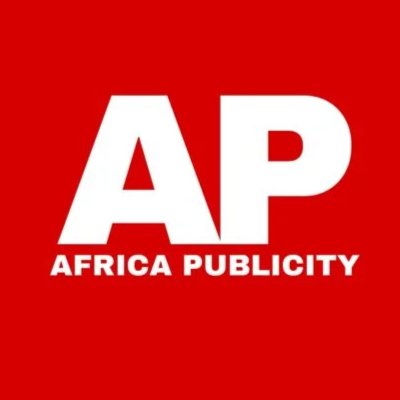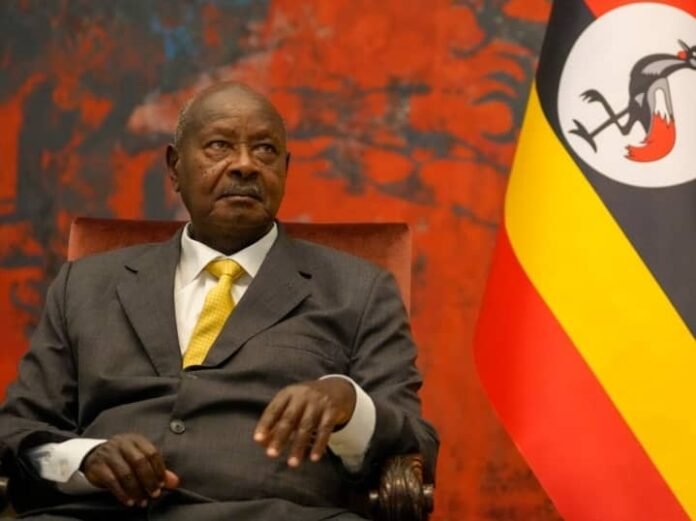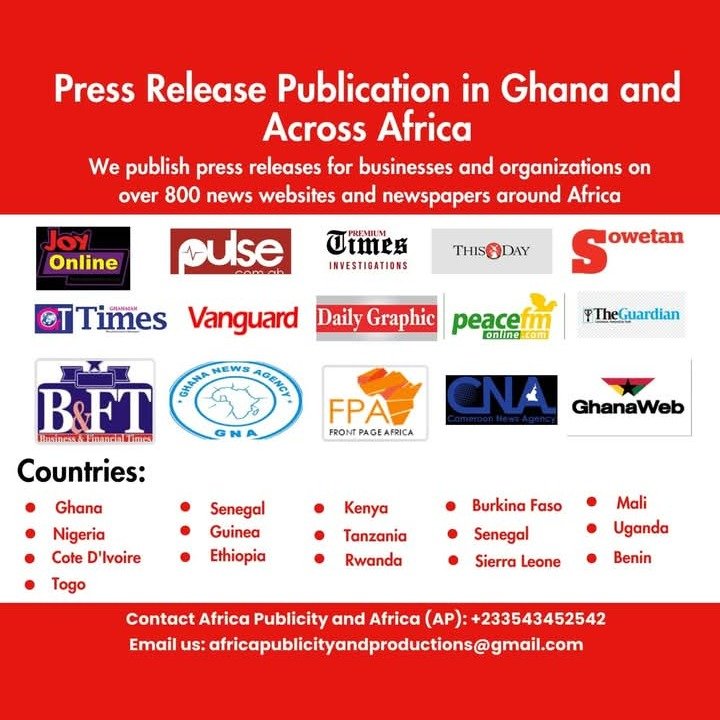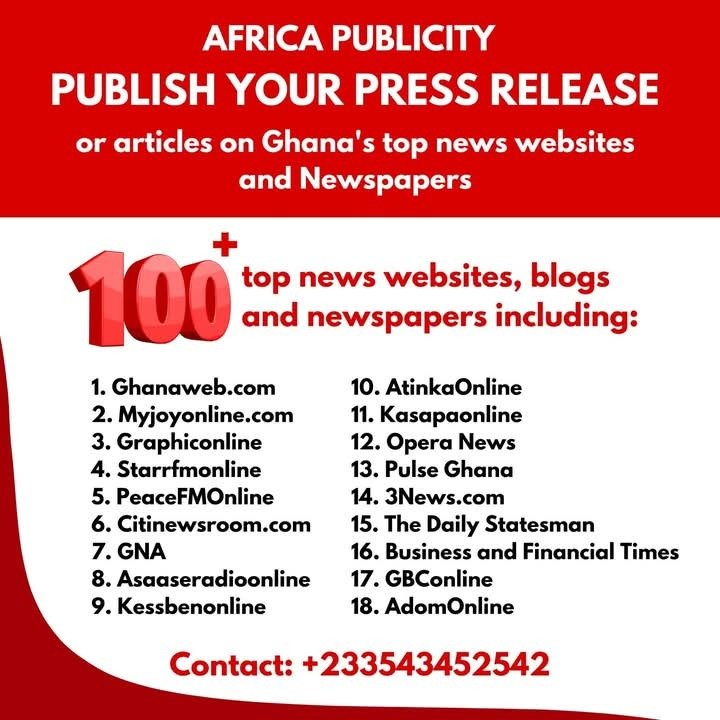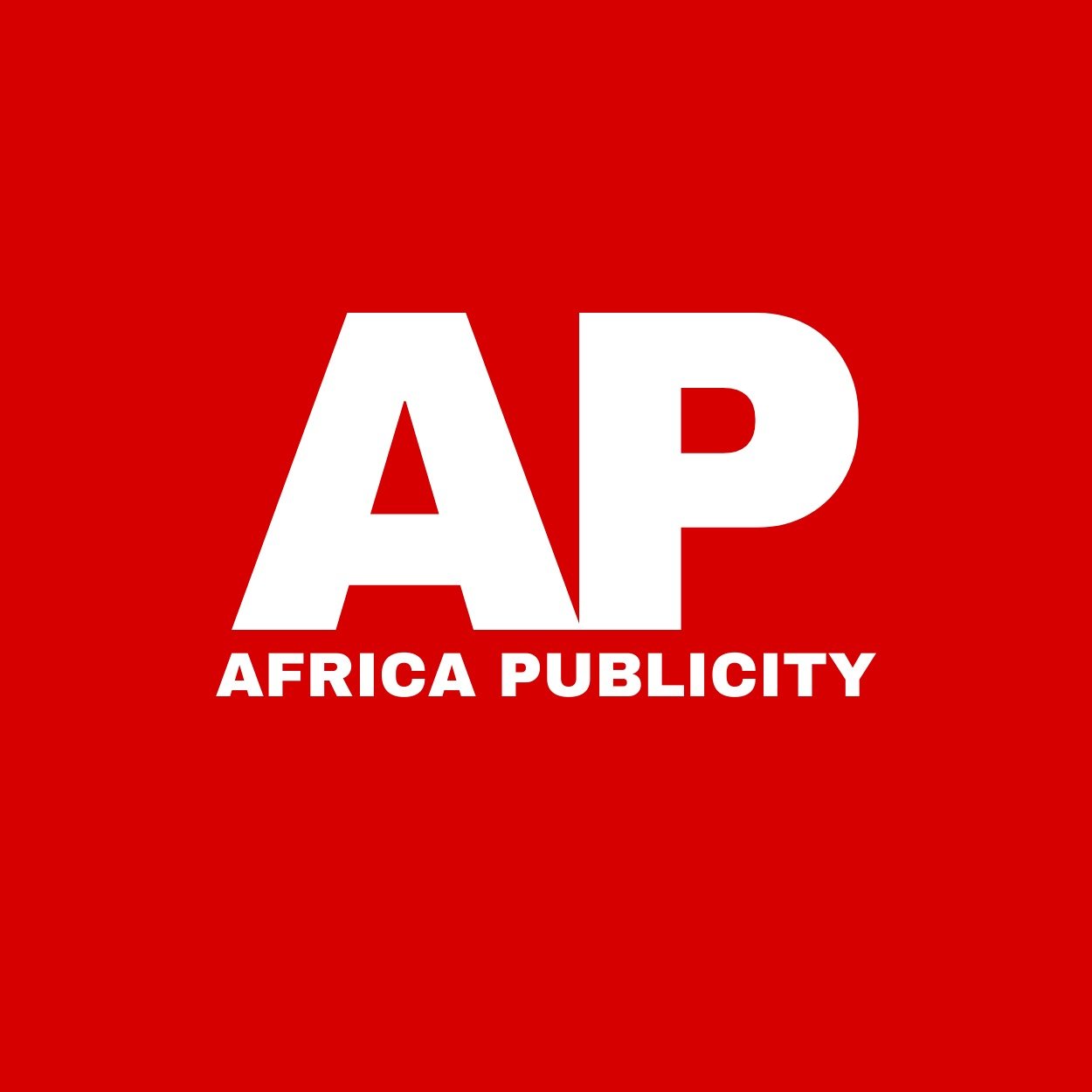By Emmanuel Mihiingo Kaija
Introduction
Since seizing power in 1986, Uganda’s National Resistance Movement (NRM), led by President Yoweri Museveni, has maintained an unbroken hold on the country’s political landscape, making it one of the longest-serving political regimes in Africa. The early years of NRM governance were framed as a period of reconstruction, following years of civil war, political instability, and the traumatic rule of previous regimes, including Idi Amin and Milton Obote. The party emphasized security, national unity, and the rehabilitation of public institutions, positioning itself as the savior of Uganda from chaos. On the surface, the NRM era is associated with infrastructure development, moderate economic growth, and some social improvements, which have contributed to a perception of stability both domestically and internationally. However, a closer examination reveals a deeply complex reality, where growth has been uneven, democratic institutions have been systematically weakened, and socio-economic inequality persists. The lived experiences of ordinary Ugandans often contrast sharply with official statistics, revealing a society struggling with systemic corruption, inadequate services, and limited avenues for civic participation. The Luo proverb, “Nyathi mag gi chuny, gima gi chuny nyaka kaka” — “A child who does not ask questions will inherit the world in darkness” — resonates here, warning that Uganda risks bequeathing a legacy of constrained opportunities and unfulfilled promise if fundamental governance challenges are not addressed.
Economic Transformation: Growth Amidst Challenges
Over the past four decades, Uganda’s economy has grown from a GDP of approximately $4.5 billion in 1986 to an estimated $66 billion in 2025, driven by sectors such as agriculture, services, and emerging oil and gas exploration. The government has invested heavily in road infrastructure, hydropower, digital technology, and urban development, seeking to position Uganda as a middle-income country by 2040. Major projects such as the Karuma and Isimba dams, as well as the oil refinery in Hoima, are heralded as hallmarks of national development. Yet, these achievements have not translated equitably across the population. Poverty remains entrenched, with over 21% of Ugandans living below the national poverty line, and youth unemployment has remained stubbornly high at approximately 14%. Rural areas, where over 70% of the population resides, continue to experience limited access to electricity, poor roads, and inadequate agricultural support, despite policies like the National Agricultural Policy and the Parish Development Model. External debt has risen significantly, reaching approximately $20 billion by 2025, and heavy reliance on foreign aid and loans exposes the economy to vulnerabilities from global market fluctuations, including inflationary pressures and commodity price shocks. The benefits of growth have disproportionately favored urban elites, politically connected individuals, and foreign investors, leaving ordinary citizens to navigate persistent insecurity and inequality. As the Acholi proverb warns, “Lajworo ma tye dok” — “A river may appear calm, but its depths conceal unseen currents” — this illustrates the hidden socio-economic tensions that, if unaddressed, threaten to undermine the stability the NRM has long claimed as its signature achievement.
Corruption: A Persistent Challenge
Corruption has become an almost systemic feature of governance under the NRM, undermining service delivery, accountability, and public trust. Transparency International consistently ranks Uganda among the countries with high levels of perceived corruption; in 2016, the nation was ranked 151st out of 176 countries, with a score of 25 out of 100. This entrenched corruption spans multiple sectors, from public procurement to health, education, and infrastructure. Despite the existence of anti-corruption institutions like the Inspectorate of Government and the Anti-Corruption Court, enforcement has often been weak, with high-profile cases frequently ending in acquittals or token penalties. The embezzlement of donor funds, misappropriation of resources such as iron sheets intended for vulnerable households, and the misuse of public procurement processes illustrate the scale and depth of the problem. In the 2023/24 financial year alone, over UGX 30 billion (approximately USD 8 million) was lost to corruption, with more than 2,300 cases officially recorded. Yet, only a handful of individuals faced meaningful consequences. The World Bank’s Worldwide Governance Indicators (2015) placed Uganda in the bottom 12th percentile globally for government effectiveness, reflecting structural deficiencies in accountability, regulatory quality, and transparency. The persistence of corruption not only diverts public resources from essential services but also fosters an environment where political patronage and loyalty often outweigh merit and competence, perpetuating cycles of inequality and inefficiency.
Education: Expansion Without Quality
Education under the NRM has seen remarkable expansion, particularly with the introduction of Universal Primary Education (UPE) in 1997 and the subsequent Universal Secondary Education (USE) program. Primary school enrollment surged from 2.6 million pupils in 1997 to over 8.6 million by 2023, and the number of secondary schools increased significantly, with 117 seed secondary schools constructed and 182 community schools absorbed into government management. While these initiatives reflect quantitative success, the quality of education has suffered. Overcrowded classrooms, high student-to-teacher ratios, limited instructional materials, and poorly trained teachers compromise the learning experience. Completion rates remain low: only 52% of boys and 54% of girls finish primary school, and secondary school completion rates are similarly uneven, with rural students disproportionately disadvantaged. Moreover, vocational training and technical education, critical for equipping youth for industrial employment and entrepreneurship, have been under-resourced, leaving many graduates ill-prepared for the labor market. The Luganda proverb, “Ekivubuka kyetaaga amaanyi ag’ekika” — “A generation needs the strength of its kind” — serves as a stark reminder that failing to invest adequately in quality education risks producing a generation incapable of challenging entrenched inequality, corruption, or ineffective governance, thereby perpetuating cycles of socio-economic stagnation.
Health: Achievements and Ongoing Struggles
The NRM government has made some significant public health strides, particularly in combating HIV/AIDS, malaria, and vaccination-preventable diseases. HIV prevalence, which peaked at 18.5% in 1992, declined to 5.1% by 2024, thanks to widespread public awareness campaigns, condom distribution programs, and access to antiretroviral therapy. Malaria interventions and child immunization programs have also contributed to declines in preventable disease incidence. However, the health sector continues to face substantial challenges. Hospitals, particularly in rural areas, frequently operate without essential equipment, sufficient drugs, or adequately trained personnel. Maternal mortality remains high at 336 deaths per 100,000 live births, while infant mortality stands at 33 per 1,000 live births, highlighting significant gaps in care. The health workforce is insufficient, with nurse-to-patient ratios falling far below WHO recommendations. Chronic underfunding and mismanagement exacerbate these problems, undermining public trust and reducing the effectiveness of government interventions. The persistent inequities in healthcare delivery illustrate that despite measurable progress in certain areas, millions of Ugandans still experience preventable suffering and inadequate access to life-saving services.
Democratic Backsliding: Erosion of Political Freedoms
The NRM’s long tenure has coincided with a gradual weakening of Uganda’s democratic institutions. While the country maintains the outward trappings of democracy—regular elections, political parties, and legislative assemblies—these mechanisms have increasingly served to legitimize the entrenchment of power rather than ensure accountability. The removal of presidential term and age limits in 2005 and 2017 allowed President Museveni to extend his rule indefinitely, consolidating authority over the military, judiciary, and electoral bodies. Opposition parties face harassment, including arbitrary arrests, surveillance, and restrictions on public gatherings. Civil society organizations and independent media are often subjected to legal and extralegal intimidation, limiting their capacity to monitor government activity. The 2021 elections exemplified these trends, with reports of internet shutdowns, restricted opposition campaigns, and the use of state security forces to suppress dissent. These actions have contributed to a growing sense of political disenfranchisement, particularly among youth, whose aspirations for meaningful participation remain stifled. Without substantial reforms to ensure fair competition, freedom of expression, and independent oversight, Uganda’s democratic institutions risk further erosion.
Social Inequality: A Divided Society
Despite steady economic growth, Uganda remains a society deeply divided by wealth, access to services, and regional disparities. Urban centers such as Kampala and Entebbe enjoy relatively modern infrastructure, electricity, and healthcare, whereas rural areas continue to face limited road access, low-quality schools, and poorly equipped clinics. Programs such as the Parish Development Model aim to address grassroots poverty, yet their effectiveness has been hampered by inadequate implementation, mismanagement, and corruption. Social inequities are compounded by political favoritism, where elites connected to the ruling party often receive preferential access to land, resources, and business opportunities. According to Afrobarometer 2025, while 57% of young Ugandans feel the country is moving in the right direction, 54% rate the economic situation as poor, reflecting widespread disillusionment with the distribution of wealth and opportunities. The persistence of these inequalities threatens social cohesion and fuels underlying tensions that could destabilize long-term development.
Conclusion: A Complex Legacy
The NRM’s four decades in power have produced a paradoxical legacy. While the government has achieved substantial infrastructural and economic milestones, including reductions in HIV prevalence, improvements in road networks, and expansion of primary education, these achievements are tempered by persistent issues of corruption, democratic erosion, weak service delivery, and socio-economic inequality. Uganda’s future hinges on the government’s willingness to confront these challenges directly through comprehensive reforms that prioritize transparency, accountability, and equitable development. Strengthening democratic institutions, reforming public service delivery, addressing corruption decisively, and investing meaningfully in healthcare, education, and rural development are not merely policy choices—they are ethical imperatives. The Luo proverb “Nyathi mag gi chuny, gima gi chuny nyaka kaka” remains hauntingly relevant: a generation that fails to demand accountability and equitable governance will inherit a nation constrained by decades of unchallenged
References
Afrobarometer. (2024). Ugandans give government mixed marks on education. Retrieved from https://www.afrobarometer.org/wp-content/uploads/2024/12/AD929-Ugandans-give-government-mixed-marks-on-education-Afrobarometer-28dec24.pdf
Afrobarometer. (2025). Beyond the statistic: Ugandan youth demand real opportunities on International Youth Day. Retrieved from https://www.africafoicentre.org/beyond-the-statistic-ugandan-youth-demand-real-opportunities-on-international-youth-day-2025/
Human Progress. (2025, May 22). Uganda’s poverty rate declines to 16.1 percent. Retrieved from https://humanprogress.org/ugandas-poverty-rate-declines-to-16-1-percent/
Macrotrends. (n.d.). Uganda GDP | Historical chart & data. Retrieved from https://www.macrotrends.net/global-metrics/countries/uga/uganda/gdp-gross-domestic-product
Reuters. (2025, September 19). Uganda’s debt surges 26% on back of larger domestic borrowing. Retrieved from https://www.reuters.com/world/africa/ugandas-debt-surges-26-back-larger-domestic-borrowing-2025-09-19/
Reuters. (2025, June 5). World Bank to resume Uganda funding after halt over anti-LGBT law. Retrieved from https://www.reuters.com/sustainability/society-equity/world-bank-resume-uganda-funding-after-halt-over-anti-lgbt-law-2025-06-05/
Reuters. (2025, May 30). Uganda says it will borrow 500 million euros, including from Afreximbank. Retrieved from https://www.reuters.com/world/africa/uganda-says-it-will-borrow-500-million-euros-including-afreximbank-2025-05-30/
Reuters. (2024, September 27). Uganda to cut spending, domestic borrowing in 2025/26, finance ministry says. Retrieved from https://www.reuters.com/world/africa/uganda-cut-spending-domestic-borrowing-202526-finance-ministry-says-2024-09-27/
The Guardian. (2025, May 8). Trump’s aid cuts blamed as food rations stopped for a million refugees in Uganda. Retrieved from https://www.theguardian.com/global-development/2025/may/08/trump-aid-cuts-halts-food-supplies-million-refugees-uganda-repatriation-fears-un
The Guardian. (2021, January 16). Museveni declared election winner in Uganda as rival Bobi Wine alleges fraud. Retrieved from https://www.theguardian.com/world/2021/jan/16/uganda-president-wins-decisive-election-as-bobi-wine-alleges
Transparency International. (2016). Corruption Perceptions Index 2016. Retrieved from https://www.transparency.org/en/cpi/2016
World Bank. (2025, April 22). Uganda Poverty and Equity Brief: April 2025. Retrieved from https://documents.worldbank.org/en/publication/documents-reports/documentdetail/099523204222530354
World Bank. (2025). Uganda Youth Unemployment Rate (1991-2024). Retrieved from https://www.macrotrends.net/global-metrics/countries/uga/uganda/youth-unemployment-rate
World Bank. (2025). Worldwide Governance Indicators – DataBank. Retrieved from https://databank.worldbank.org/source/worldwide-governance-indicators
World Bank. (2025). GDP growth (annual %) – Uganda. Retrieved from https://data.worldbank.org/indicator/NY.GDP.MKTP.KD.ZG?locations=UG
World Bank. (2025). School enrollment, primary (% gross) – Uganda. Retrieved from https://data.worldbank.org/indicator/SE.PRM.ENRR?locations=UG
World Bank. (2025). School enrollment, secondary (% gross) – Uganda. Retrieved from https://data.worldbank.org/indicator/SE.SEC.ENRR
